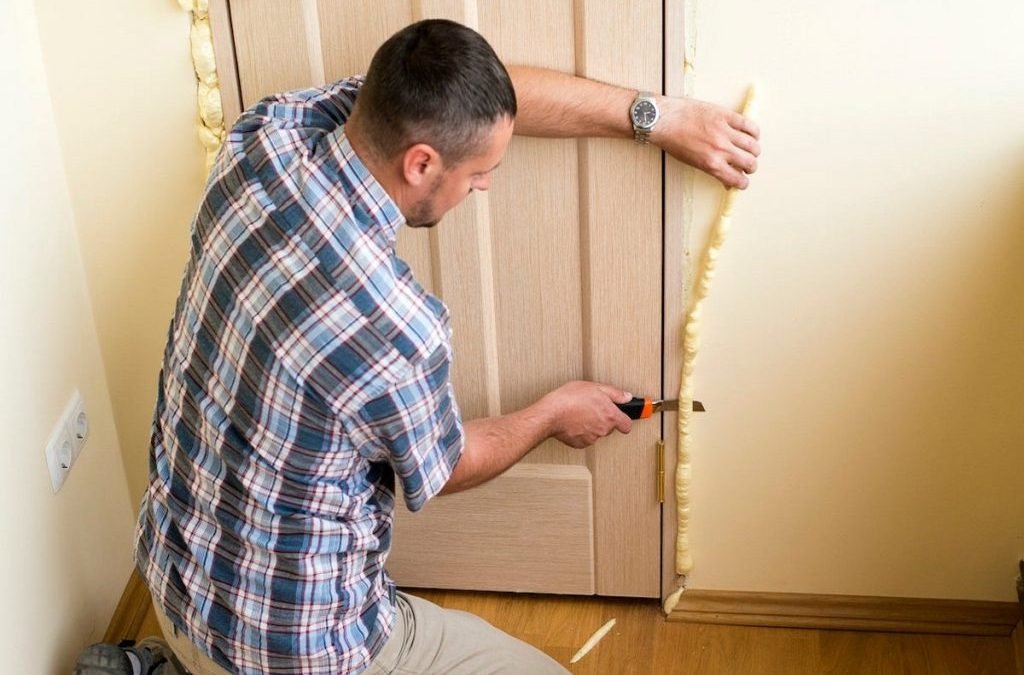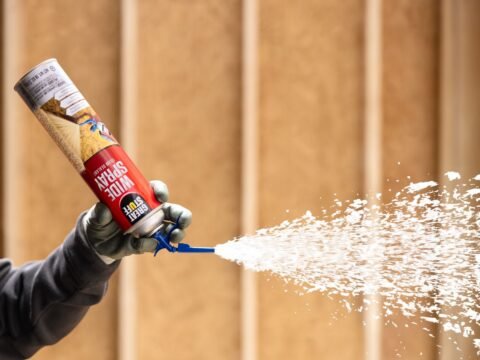- Call Us For A Quote
- (613) 319-8422
- info@613sprayfoam.ca
Five Things You Need to Know about DIY Spray Foam insulation

Spray Foam Insulation for Commercial Buildings
January 22, 2022
What Is the Ideal Time to Use Spray Foam Insulation?
January 27, 2022You can apply spray foam to your home like you would apply caps to soda bottles – to prevent air from leaving. But spray foam’s mysteries don’t end there. Along with sealing air leaks, spray foam also helps insulate your Ottawa home. Be sure not to get lost in the murky waters of spray insulation. Here are five things you need to know about spray foam insulation to make yourself.
It’s an Insulator
Spray foam protects your home from becoming uninhabitable all year round (at minimum, as far as temperature is in question). It works as an insulator by preventing gaps and cracks which allow air into or out. Installing spray foam
- It protects your home from the extreme cold of winter.
- It keeps your home cool in the summer months.
- It restricts entry for animals.
Spray Foam is measured in Board Feet.
Spray foam’s advantage as a worthwhile investment is the fact it expands. To determine the amount of spray foam you’ll need for your project, select the square footage that needs to be covered. Decide on the thickness that will give you the desired level of insulation. e.g., in the case of closed spray foam, the R-Value will be 7.12 for every inch. For instance, if the area to be spray covers 580 sq. feet and you are looking for the R-value to be 14, you will require (2) 600 feet of swell kits to finish the project.
How to Utilize It
There are many places where spray foam is beneficial, but the following areas are on the top 3-5 list.
- Garages and Attics – Many garages and attics are not sound insulation areas. They are always excessively hot or freezing.
- Basements: Basements are susceptible to moisture, breeding mold, and mildew if they are not adequately secured.
- Walls, ceilings, and Floors: Air leaks make them most at home in the gaps and cracks in ceilings, walls, and floors.
How to Make Use of Spray Foam
Before using Spray Foam, you must warm the DIY spray foam “B” tank to 70 degrees Fahrenheit to ensure you get a thin, even layer of foam. Because of the heat, it has the same consistency of milk as the “A” tank. The tank is heated by:
- It should be kept in a warm area.
- An electric blanket covers the tank.
- Use a tank heater
The spraying of 1” of thickness will expand 30 x, so you should be cautious when using the foam.
While working on DIY projects, always wear protective equipment like goggles, gloves, disposable coveralls.
It Saves You Energy and Also Money
Spray foam shields the energy stored in your home from being lost, stops outside air from escaping and provides you with – no air leaks or gas companies some control of the temperatures of your home and a result on your bill for heating.
Energy
It is easier for the air conditioner in your home to function as intended with a sound insulation system. It eliminates having to change the cooling and heating system throughout the day.
Money
Heating costs in winter by themselves are only 2% of every degree you increase the thermostat. It’s money flowing straight through all the cracks and gaps. Utilizing DIY spray foam, as well as other energy-efficient tools, can cut your energy bills by as much as 20 percent.
The comfort of your own home and the ease on your pocket make DIY spray foam an effective, efficient, energy-efficient, and economical solution to cooling and heating issues.
If you would like to know more about spray foam insulation, please contact 613 Spray Foam Canada at (613) 319-8422 or send an email at info@613sprayfoam.ca.




